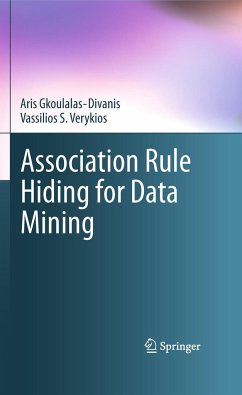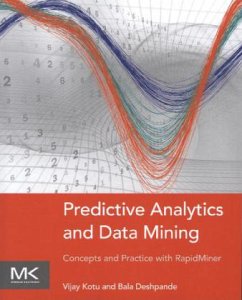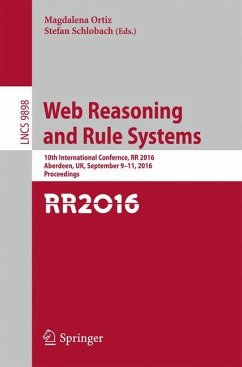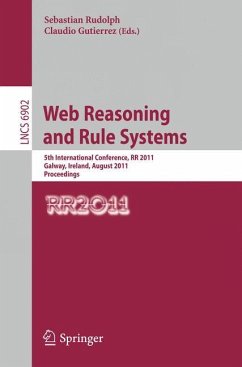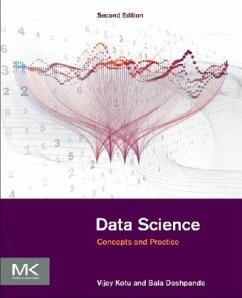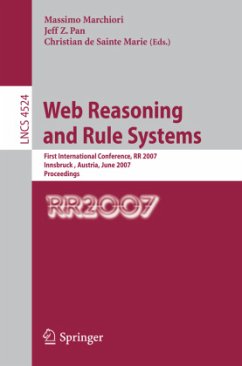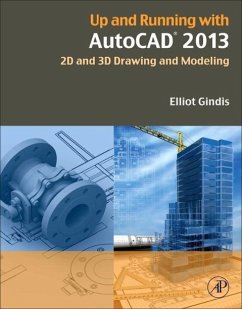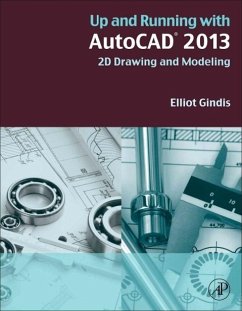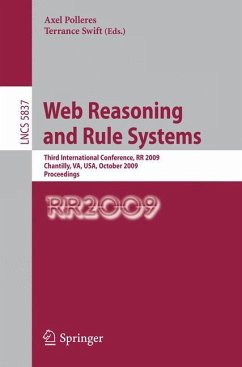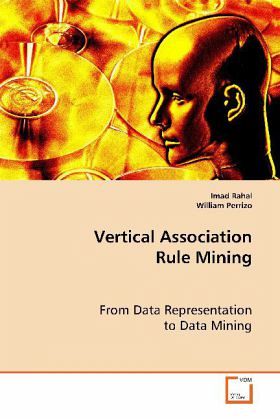
Vertical Association Rule Mining
From Data Representation to Data Mining
Versandkostenfrei!
Versandfertig in 6-10 Tagen
45,99 €
inkl. MwSt.

PAYBACK Punkte
23 °P sammeln!
This work focuses on the data-mining task of association rule mining which discovers association relationships among items in datasets matching user-defined measures of interest. We describe an efficient vertical framework for representing data and mining frequent itemsets that is based on the P-tree technology along with other artificial intelligence techniques, such as set-enumeration trees and tabu search. With the objective of handling the mounting needs of many applications, such as precision agriculture, the proposed framework is used to produce rules in situations where the ubiquitous s...
This work focuses on the data-mining task of
association rule mining which discovers association
relationships among items in datasets matching user-
defined measures of interest. We describe an
efficient vertical framework for representing data
and mining frequent itemsets that is based on the P-
tree technology along with other artificial
intelligence techniques, such as set-enumeration
trees and tabu search. With the objective of
handling the mounting needs of many applications,
such as precision agriculture, the proposed
framework is used to produce rules in situations
where the ubiquitous support-based pruning is not
sought. In the context of citation graphs, our
proposed framework operates in a (semi) divide-and-
conquer parallelized fashion, to discover patterns
among subject matters that reveal the evolution
history and any possible future extensions of
subject matters. The same framework is utilized
in an interactive incremental parallel model which
focuses on analyzing genome annotation data for
association rules potentially useful in annotating
new genes, replacing missing values, and validating
old annotations.
association rule mining which discovers association
relationships among items in datasets matching user-
defined measures of interest. We describe an
efficient vertical framework for representing data
and mining frequent itemsets that is based on the P-
tree technology along with other artificial
intelligence techniques, such as set-enumeration
trees and tabu search. With the objective of
handling the mounting needs of many applications,
such as precision agriculture, the proposed
framework is used to produce rules in situations
where the ubiquitous support-based pruning is not
sought. In the context of citation graphs, our
proposed framework operates in a (semi) divide-and-
conquer parallelized fashion, to discover patterns
among subject matters that reveal the evolution
history and any possible future extensions of
subject matters. The same framework is utilized
in an interactive incremental parallel model which
focuses on analyzing genome annotation data for
association rules potentially useful in annotating
new genes, replacing missing values, and validating
old annotations.



